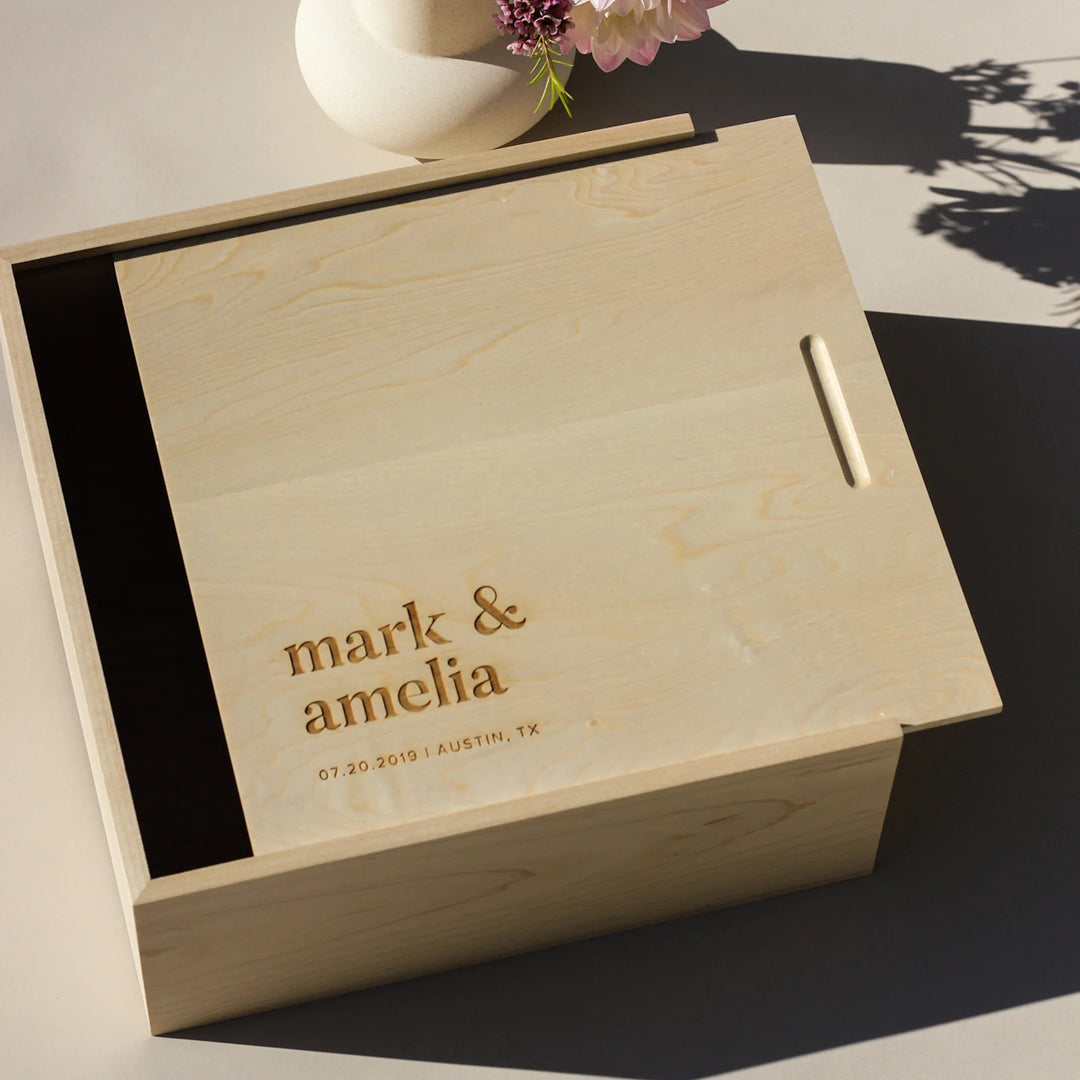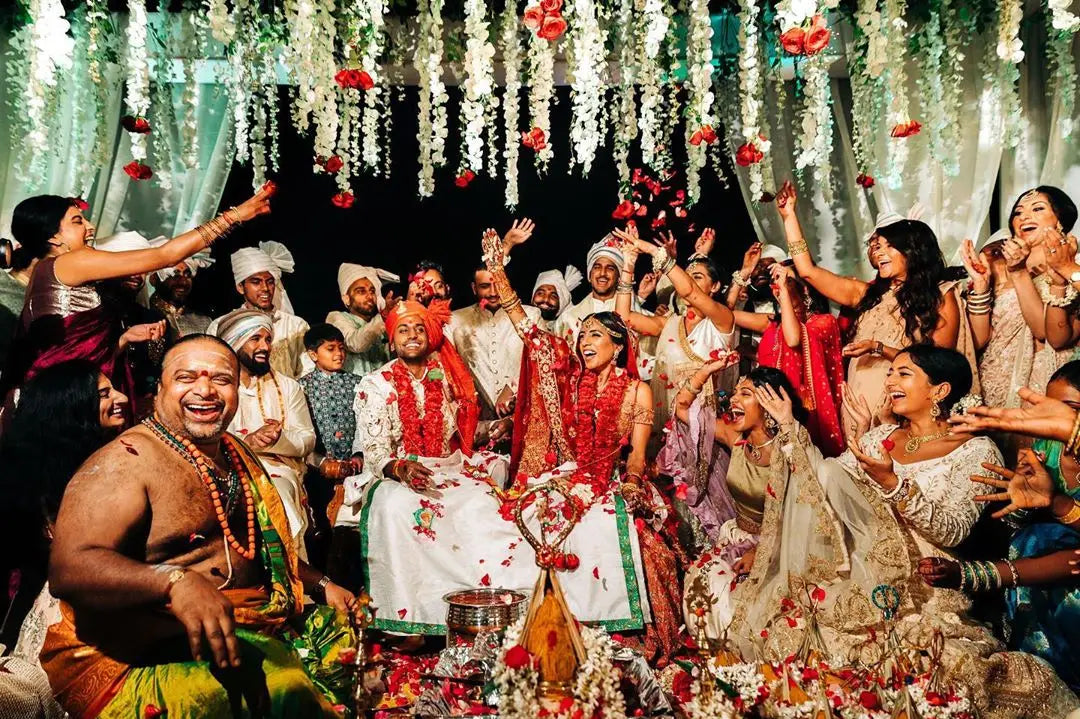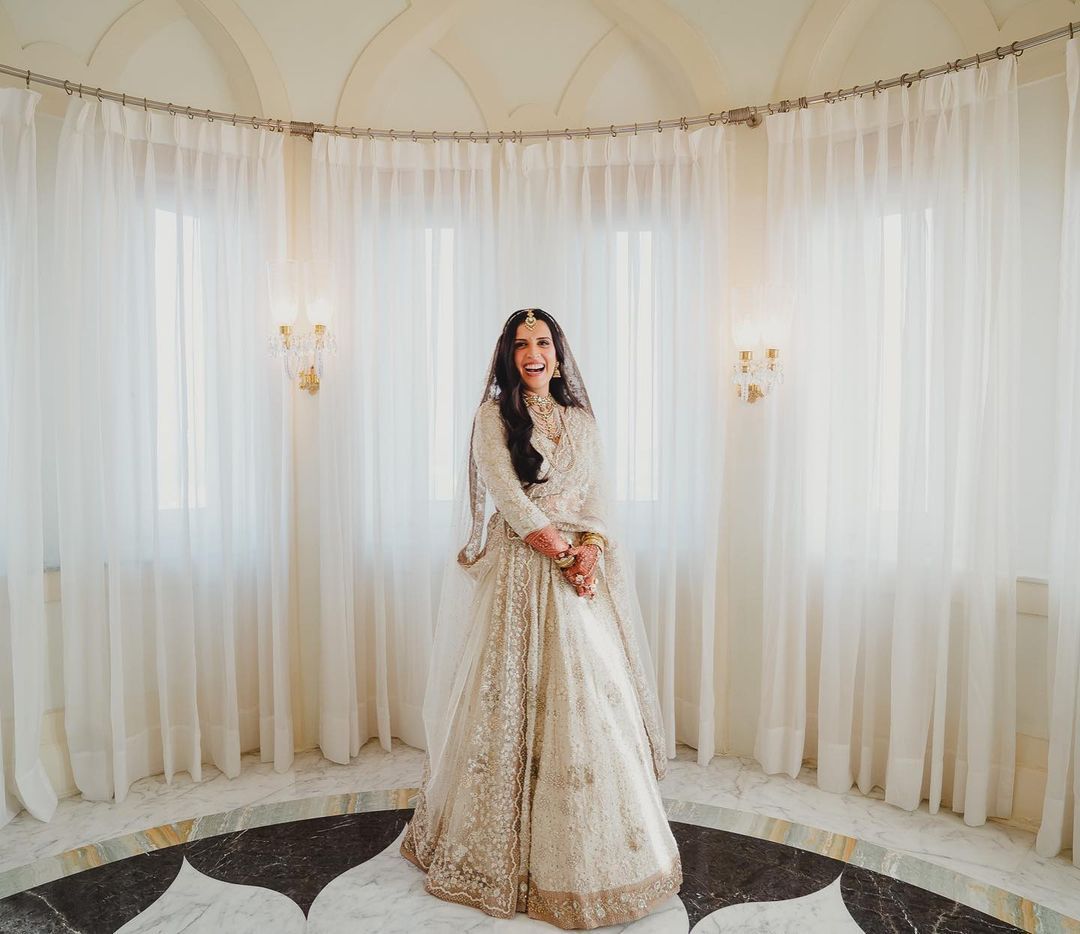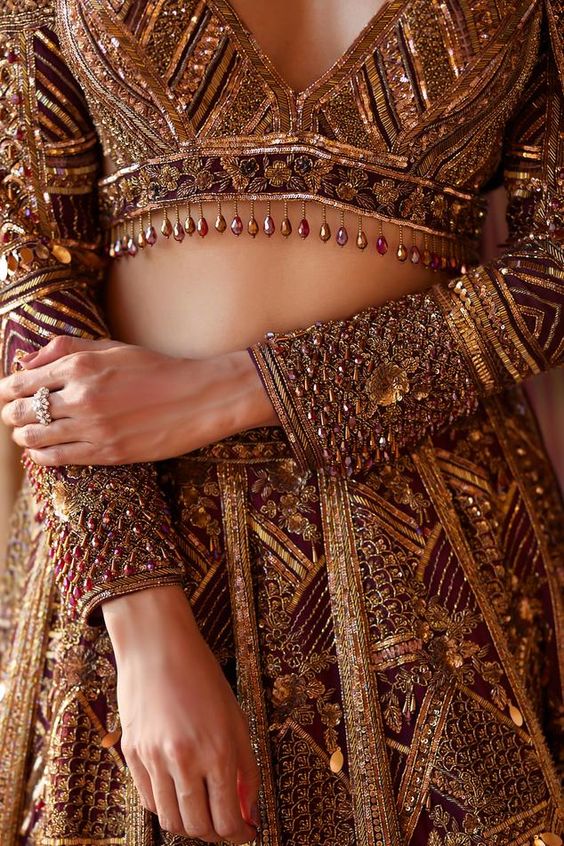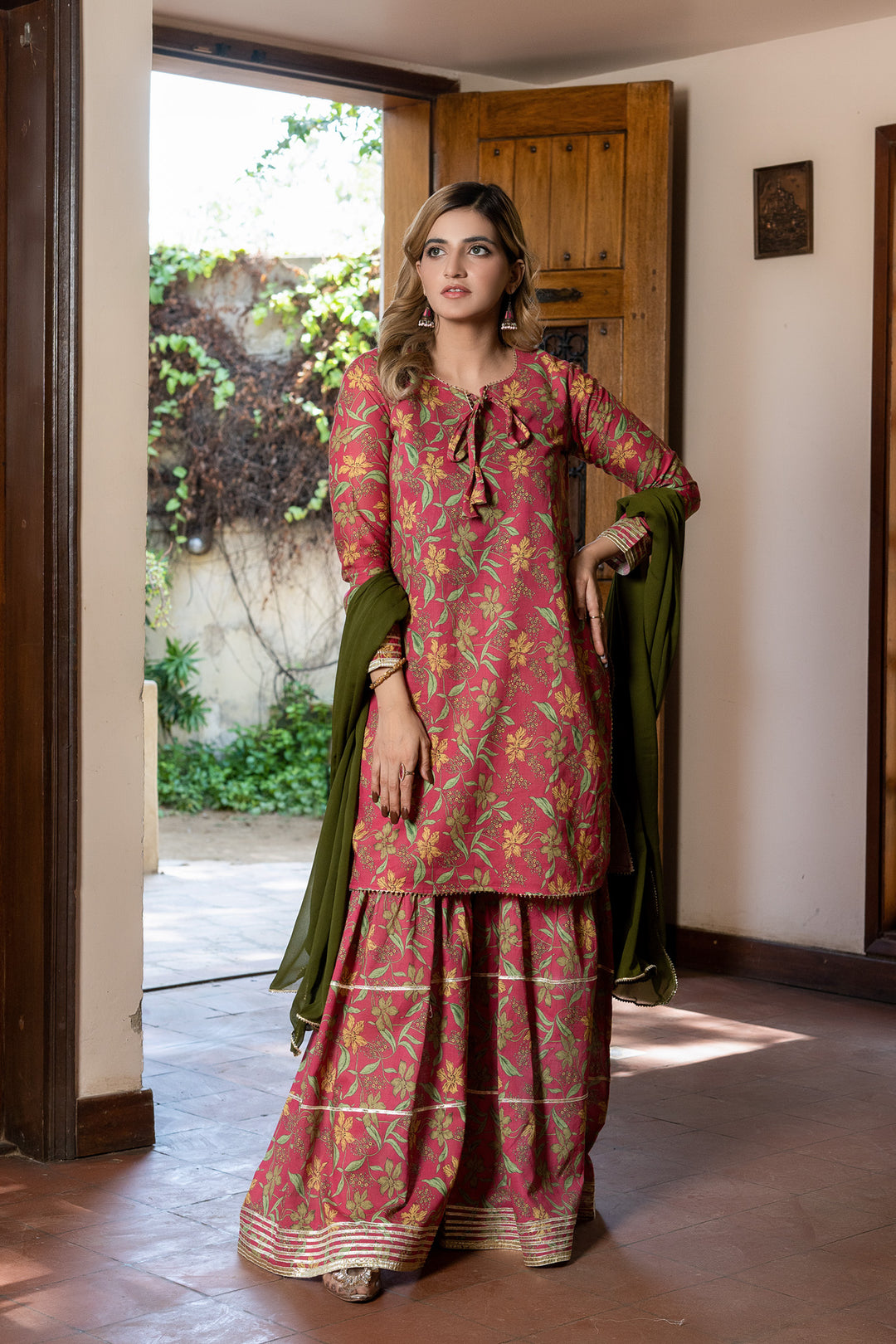Guide to South Asian Grooms Wear
Table of Contents
- Introduction to South Asian Groom Attire
- Cultural and Regional Influences
- Traditional Silhouettes and Modern Variations
- Fabrics, Textiles, and Embellishments
- Accessories and Styling
- Modern Trends and Fusion Styles
- Coordinating with the Bride’s Attire
- Seasonal and Event-Based Considerations
- Practical Styling Tips for Grooms
- Real Groom Stories and Inspiration
- FAQs: Your Groom Attire Questions Answered
Introduction to South Asian Groom Attire
Hey there, future grooms! Let’s be real: in the flurry of wedding preparations, it can feel like all eyes are on the bride’s dress. But trust me, you deserve the spotlight too. After all, weddings in South Asian cultures are not just about one half of the couple—it’s the union of two families, two traditions, and yes, two fabulous outfits!
At Karigur, we're your friendly style confidante, and I’m here to walk you through the world of South Asian grooms attire. Whether you’re a groom-to-be who’s never stepped foot into an ethnic wear boutique, or you’re well-versed in the difference between a sherwani and an achkan, this guide is for you. We’ll chat about everything from classic silhouettes to contemporary fusion trends, cultural specifics, and how to coordinate seamlessly with your partner’s attire.
Choosing the perfect groom’s attire isn’t just about looking sharp—it’s about feeling confident, honoring your heritage, and embracing the moment. Let’s dive in.
Cultural and Regional Influences
South Asia is a vast tapestry of cultures, languages, and traditions. This diversity is beautifully reflected in wedding attire. A groom’s outfit isn’t just a random pick from a store; it’s a cultural statement, a nod to heritage, and a way to express personal style within traditional frameworks.
Consider these variations:
- North India & Pakistan: Opulent sherwanis, rich brocades, and ornate embroidery often paired with a pagri (turban). Many North Indian grooms also arrive on horseback in a baraat, making a royal statement!
- South India: Simpler, lighter fabrics that adapt to warmer climates. Grooms often opt for a crisp veshti or mundu (a type of dhoti) with a shirt or waistcoat.
- East India: Dhoti-kurta combos and luxurious silk fabrics are common. Grooms may wear subtle embroidery and lighter hues.
- West India: Elegant bandhgalas, vibrant turbans, and intricate gota-patti work on jackets reflect the regal heritage of places like Rajasthan and Gujarat.
For a more in-depth look at cultural wedding traditions, check out our Celebrating South Asian Wedding Traditions guide.
Traditional Silhouettes and Modern Variations
When you think “South Asian groom,” your mind might go straight to a sherwani. While this is a classic, it’s by no means the only option! Let’s explore the common silhouettes.
Sherwani
The sherwani is like the king of groom attire—regal, structured, and oh-so-sophisticated. It’s essentially a long coat worn over a kurta and churidar or trousers. Think intricate embroidery, rich fabrics like raw silk or brocade, and a fit that makes you feel like royalty.
A sherwani can be heavily embroidered with zardozi (metallic threadwork), resham (silk thread), or beadwork. Modern variations may have subtler detailing, perfect for grooms seeking understated elegance.
Achkan
Cousin to the sherwani, the achkan is a lighter, more streamlined garment. It’s often preferred in slightly less formal weddings or daytime events. While a sherwani might feel heavier due to embellishments, an achkan might favor minimalistic embroidery and a cleaner silhouette. It’s an excellent choice if you want traditional vibes without feeling weighed down.
Bandhgala
The bandhgala (also known as Jodhpuri suit) is a shorter, tailored jacket with a closed neck and a sleek, modern fit. Often paired with straight trousers, the bandhgala is perfect for fusion weddings or receptions where you want a hint of Western tailoring combined with Eastern charm.
Kurta-Pajama & Other Semi-Formal Styles
If your wedding events span multiple days (and trust me, they often do!), you might consider a simpler yet stylish kurta-pajama set for pre-wedding functions like the Haldi or Mehndi. Add a waistcoat or a Nehru jacket for a polished finish. This is also a great way to showcase beautiful hand-block prints, subtle embroidery, or unique fabrics without going full-blown sherwani mode for every event.
“There’s a charm in simplicity. A well-fitted kurta with a classic embroidered jacket can say just as much as a heavily embellished sherwani.”
Fabrics, Textiles, and Embellishments
You’ve picked your silhouette—now what about the fabric? Fabric choice affects comfort, drape, and the overall vibe of your attire.
Common Fabrics:
- Silk & Brocade: Rich and opulent, perfect for a grand wedding reception. Banarasi silk is often a top contender.
- Raw Silk: Has a subtle sheen and a more understated elegance. Perfect if you want texture without too much shine.
- Velvet: Luxurious and cozy, ideal for winter weddings. Pairs beautifully with gold embroidery.
- Lightweight Cotton-Silk Blends: For summer or daytime events, especially in warmer climates.
Embellishments:
- Zardozi: Heavy metallic embroidery giving a royal finish.
- Resham Work: Colorful silk thread embroidery that can be as subtle or bold as you like.
- Beadwork & Sequins: Add sparkle and glamour, but be careful not to go overboard if you’re aiming for a more subdued look.
- Gota Patti: A Rajasthani technique using ribbon appliqué for a festive, traditional feel.
Choosing the right fabric and embellishment depends on your event’s formality, climate, and whether you want to match or complement your partner’s attire. You may also consider coordinating your outfit with certain jewelry or colour themes for a cohesive look.
Accessories and Styling
Your attire sets the stage, but accessories are the final brushstrokes that complete the masterpiece. Just as a bride might consider a maang tikka or a statement necklace, you have your own range of accessories to explore.
Pagri (Turban) and Headgear
A pagri or saafa is often the crowning glory of a groom’s outfit. The style of your pagri can vary by region: a bandhani print in Rajasthan, a pastel silk in modern weddings, or a simple ivory with minimal ornamentation. You can even incorporate a sarpech (turban brooch) for a princely touch.
Jewelry for Men
Who said jewelry is just for brides? Men have historically worn jewelry to signify status and style. Consider:
- Neckpieces: Pearl strands, layered necklaces with polki diamonds, or subtle pendants add a regal touch.
- Brooches: Pin one on your sherwani for a hint of sparkle.
- Kalgi or Sarpech: A jeweled ornament on the turban for extra flair.
Footwear
Comfortable yet classy footwear is essential. Mojari or khussa shoes are traditional choices. They’re often embroidered or embellished, matching the outfit’s grandeur. If you prefer something more understated, opt for leather juttis or slip-ons in a complementary hue.
Modern Trends and Fusion Styles
While tradition holds immense importance, modern grooms are also experimenting with fusion. Imagine pairing a bandhgala jacket with slim-fit trousers and loafers for a cocktail reception, or wearing a pastel sherwani with minimal embroidery for a contemporary look.
Fusion can also mean blending Western suits with traditional accessories—like a classic tux paired with a silk stole in a complementary color. Don’t be afraid to push the boundaries. The key is to maintain a respectful nod to tradition while embracing your own sense of style.
“Think of your attire as a conversation: it speaks of your heritage, your taste, and the future you’re stepping into.”
For more inspiration on blending tradition and modernity, check out Planning a South Asian Wedding: From Engagement to Reception for insights on how couples integrate current trends with age-old rituals.
Coordinating with the Bride’s Attire
Coordinating outfits doesn’t mean you both have to wear the exact same color from head to toe (unless that’s what you want!). Instead, think complementary shades, shared embroidery motifs, or a common accent color. If she’s chosen a red lehenga with gold detailing, consider a cream sherwani with subtle gold embroidery. If her saree is a pastel mint, your pastel pink bandhgala could be the perfect complement.
Have an open discussion with your partner early on. Share swatches, mood boards, and inspirations. Remember, your attire choices set the tone for your wedding photos that you’ll treasure for a lifetime.
Seasonal and Event-Based Considerations
South Asian weddings often span several days, each event with its own vibe. Grooms typically need multiple outfits:
- Mehndi & Sangeet: Opt for lighter, more casual outfits. A bright kurta with minimal embroidery works well, paired with a waistcoat for the sangeet if you want to dress it up.
- Nikah or Main Ceremony: A sherwani or achkan is ideal. Consider the weather—velvet might be gorgeous in winter, but stifling in summer.
- Haldi: Something comfortable and easily washable, as turmeric can stain. A simple cotton kurta works best.
- Reception: Go grand or go modern. A fusion bandhgala, a classic tux, or a lavish sherwani—whatever makes you feel like a million bucks.
We cover event-specific looks in detail in our Ultimate Guide to South Asian Bridal Attire, which can also inspire grooms looking for parallel ideas.
Practical Styling Tips for Grooms
Now that we’ve covered the big picture, let’s talk practicalities. You want to look and feel great on your wedding day, not weighed down by an uncomfortable outfit.
- Start Early: Begin your search at least 3-4 months before the wedding. This gives you time for custom fittings and adjustments.
- Set a Budget: Gorgeous outfits span a wide price range. Decide how much you want to spend before you start shopping.
- Comfort Matters: Your wedding day is long. Ensure your outfit isn’t too heavy or restrictive. Try walking, sitting, and dancing in it if possible.
- Color Coordination: Bring swatches of your partner’s outfit if possible. Visualizing the combination in person is easier than guessing.
- Accessorize Thoughtfully: Less can be more. If your sherwani is heavily embellished, opt for simpler jewelry. If it’s minimalistic, you can add a statement necklace or brooch.
- Experiment Early, Finalize Later: Experiment with fabrics and silhouettes early on. Once you fall in love with a look, stop browsing to avoid confusion.
Real Groom Stories and Inspiration
Sometimes, hearing from other grooms can spark ideas. Here are a few snippets from real-life grooms who nailed their wedding looks:
-
Rohan’s Royal Vibe: Rohan went for a deep maroon velvet sherwani with antique gold zardozi work. He complemented his bride’s red lehenga by choosing a slightly darker shade.
Read Rohan’s Full Story -
Adil’s Minimal Chic: Adil chose a cream raw silk achkan with subtle thread embroidery for a daytime Nikah. He paired it with a pastel pink pocket square to link with his bride’s pastel saree.
How to Coordinate Pastels -
Arjun’s Fusion Experiment: Arjun wore a bandhgala with slim-fit trousers for his reception. He combined a classic Indian silhouette on top with a Western-inspired bottom, reflecting his cross-cultural identity.
Fusion Wedding Inspiration
FAQs: Your Groom Attire Questions Answered
- What if I’m not used to traditional attire?
- Start with something simple like a bandhgala or a minimal sherwani. Try a few options before making a decision. Also, consider a tailor-made outfit for maximum comfort.
- How do I match my outfit to my bride’s without looking too “matchy-matchy”?
- Pick one element to coordinate—maybe the embroidery color, the base hue, or a specific accent shade. You don’t have to be identical twins, just visually harmonious.
- Can I wear Western attire?
- Absolutely! Many grooms choose a Western suit or tux for the reception. Just ensure that it complements the wedding’s overall aesthetic and doesn’t clash with any traditional expectations set by the families.
- What type of footwear should I pick?
- Mojaris or juttis are traditional favorites. If they feel uncomfortable, consider well-crafted loafers or leather slip-ons in a matching shade.
Still have questions? Check out our Groom’s Q&A Section for more answers or drop us a line—your comfort and style matter to us!





